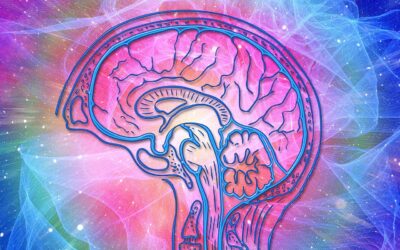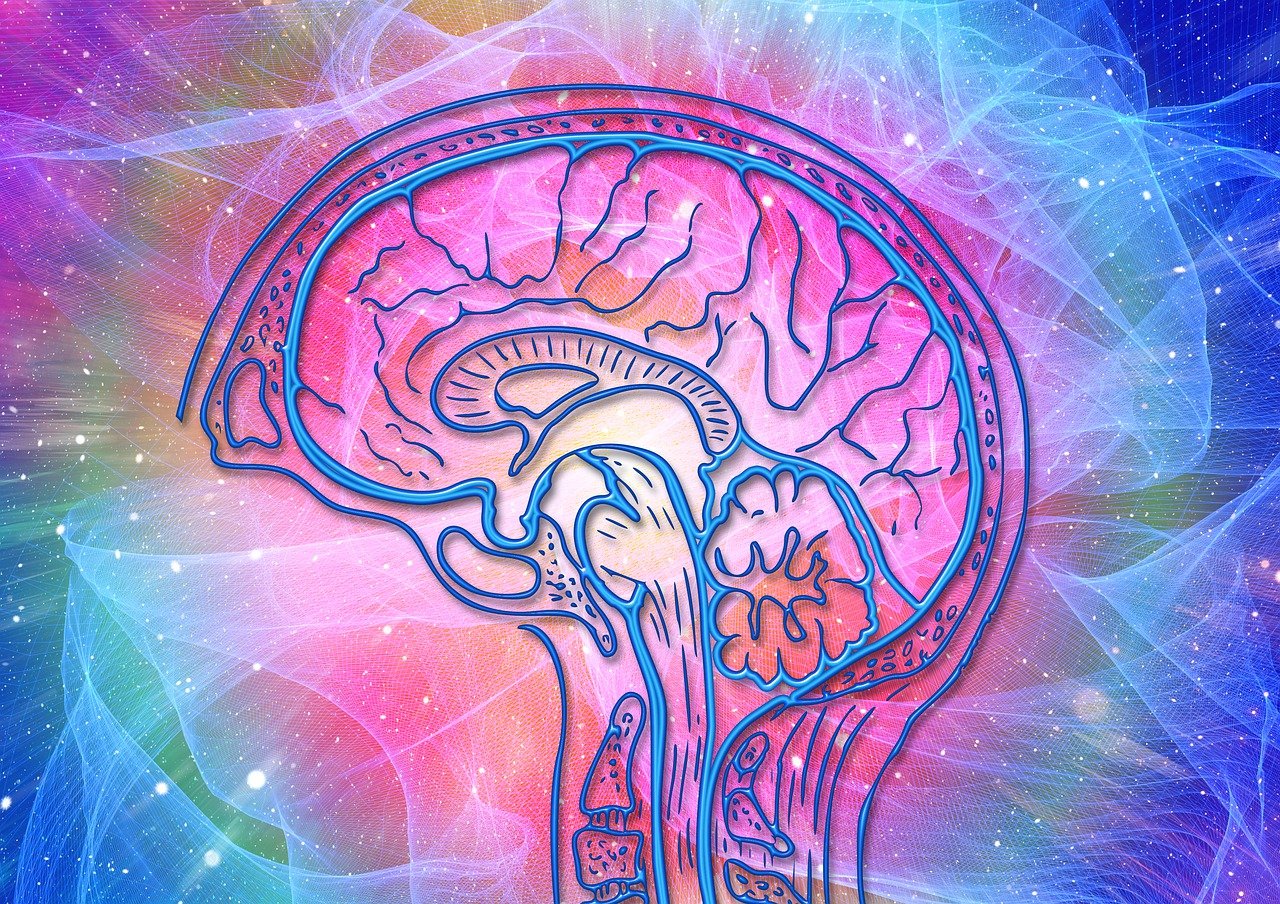Enhancing Customer Satisfaction with AI: Proven Success Metrics
Customer satisfaction has always been at the heart of business success, but the methods of achieving it are rapidly evolving with the help of artificial intelligence (AI). Today, companies are turning to AI to optimize interactions, personalize experiences, and measure satisfaction more effectively. In this article, we’ll explore how AI technologies enhance customer satisfaction and highlight the success metrics that demonstrate their impact.
The Role of AI in Transforming Customer Satisfaction
AI has shifted the dynamics of customer interactions by automating routine tasks, predicting customer needs, and delivering personalized experiences at scale. It’s not just about streamlining processes — AI is enabling businesses to make more informed decisions and address customer pain points with precision.
From chatbots that provide 24/7 support to sophisticated algorithms that can predict churn, AI tools are reshaping the way companies engage with customers. But how can organizations measure the true impact of these technologies on customer satisfaction? That’s where specific success metrics come into play.
AI Technologies That Enhance Customer Satisfaction
The success of AI in customer satisfaction largely depends on the tools and technologies a business adopts. Here are some of the most impactful ones:
- Chatbots and Virtual Assistants:
AI-powered chatbots can resolve simple queries instantly, reducing wait times and ensuring customers receive the assistance they need without delay. This leads to faster resolutions and higher satisfaction, especially for common inquiries. - Sentiment Analysis Tools:
These tools help businesses monitor and analyze customer emotions in real-time. By identifying shifts in sentiment, companies can proactively address dissatisfaction before it escalates. - Personalization Algorithms:
AI analyzes past behavior and preferences to offer customized recommendations, enhancing the relevance of communications and fostering a deeper connection with the customer. - Predictive Analytics:
Predictive models anticipate customer needs, enabling support teams to offer timely solutions, prevent churn, and improve overall satisfaction.
Key Metrics for Measuring AI-Driven Customer Satisfaction
Implementing AI is just the first step — evaluating its impact through the right metrics is essential for understanding its true value. Here are some proven success metrics to track:
- Customer Satisfaction Score (CSAT)
This metric gauges customer satisfaction by asking customers to rate their experience. AI tools, such as chatbots and virtual assistants, can directly influence CSAT by providing fast and accurate responses, minimizing frustration, and improving the overall support experience. - Net Promoter Score (NPS)
NPS measures customer loyalty by asking how likely customers are to recommend your company. AI-driven insights help identify both promoters and detractors, enabling targeted follow-up actions to boost customer loyalty and satisfaction. - First Contact Resolution (FCR) Rate
FCR indicates the percentage of issues resolved during the initial interaction. AI enhances FCR by offering agents real-time information and solutions or by directly resolving simpler inquiries through automated support. - Average Response Time
This metric measures the speed at which a business responds to customer inquiries. AI chatbots and automated ticketing systems reduce response times significantly, leading to quicker resolutions and higher satisfaction. - Customer Effort Score (CES)
CES assesses how easy it is for customers to get their issues resolved. AI tools like self-service options and guided troubleshooting can reduce the effort needed, resulting in a smoother experience and improved CES. - Churn Rate Reduction
Churn rate reflects the percentage of customers who stop doing business with a company. By monitoring behavioral patterns and using predictive analytics, AI can help identify at-risk customers and implement strategies to retain them.
Real-World Examples of AI Improving Customer Satisfaction
Several industry leaders have successfully leveraged AI to boost customer satisfaction, demonstrating the tangible benefits of these technologies:
- Bank of America:
Their AI-driven virtual assistant, Erica, handles millions of customer interactions each month, providing quick answers, account insights, and even budgeting tips. As a result, Bank of America has seen increased engagement and a higher CSAT score. - Spotify:
Using AI-powered recommendation algorithms, Spotify tailors music suggestions to each user, enhancing the listening experience and driving higher satisfaction levels. This personalization strategy has played a key role in maintaining a high NPS. - Sephora:
Sephora’s chatbot offers personalized product recommendations, beauty tutorials, and booking assistance. By simplifying these interactions, the company has reduced customer effort and boosted CES.
Best Practices for Implementing AI in Customer Satisfaction
To achieve the best outcomes, companies should approach AI adoption strategically:
- Choose the Right AI Tools:
Invest in AI solutions that align with your specific needs, whether that’s customer service automation, personalized marketing, or predictive analytics. - Focus on Data Privacy and Transparency:
Ensure that AI models comply with privacy regulations and maintain transparency in how customer data is used. - Continuously Update AI Models:
Regularly train and refine AI models to ensure they remain accurate and relevant to evolving customer behaviors.
Challenges and Considerations in Using AI for Customer Satisfaction
While AI offers numerous benefits, there are challenges to consider:
- Balancing Automation and the Human Touch:
Over-reliance on automation can lead to impersonal interactions. Businesses must strike a balance to maintain a human element in complex or sensitive situations. - Ensuring Consistent Quality:
AI interactions must meet quality standards to avoid frustrating customers. Regular monitoring and fine-tuning are necessary to maintain performance. - Managing Customer Expectations:
As AI capabilities grow, so do customer expectations. Companies need to manage these expectations by clearly communicating AI’s role and limitations.
Future Trends in AI-Driven Customer Satisfaction
The future of AI in customer satisfaction is promising, with emerging trends set to further elevate the customer experience:
- Voice AI and Conversational Support:
Voice assistants will become more sophisticated, providing more natural and intuitive customer interactions. - Hyper-Personalization:
AI will continue to evolve in personalizing experiences, with deeper insights into individual preferences and real-time adaptations. - Emotional AI:
Future AI tools will be able to detect emotional nuances more accurately, allowing for even more tailored responses and support.
8. Conclusion
AI has the potential to significantly enhance customer satisfaction by automating routine interactions, personalizing experiences, and providing deeper insights. By focusing on the right success metrics — such as CSAT, NPS, FCR, and churn rate — businesses can gauge the true impact of AI and continuously refine their strategies for maximum effectiveness. As AI technologies continue to evolve, they will offer even more sophisticated ways to understand and elevate the customer experience.









